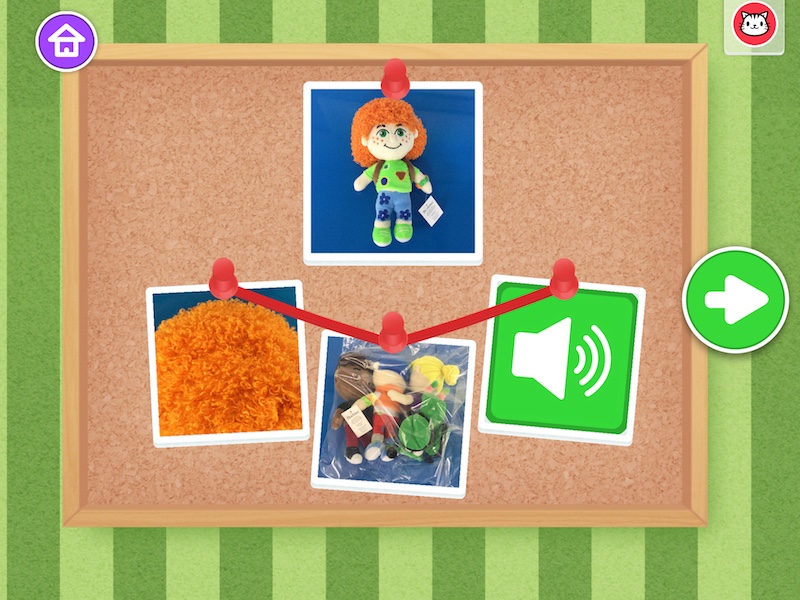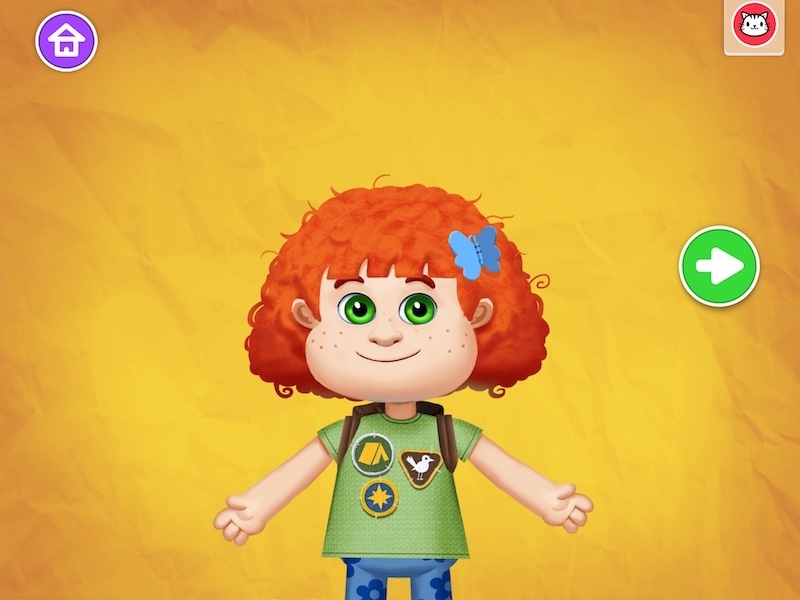
Investigations
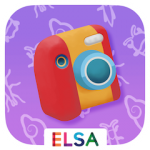
The Investigations app features 4 activities: Let’s Tinker With Spare Parts, Let’s Look For Clues, Let’s Find The Missing Animals and Let’s Create More Animal Clues.
Core concepts: observing, proposing, verifying, explaining.
Let’s Tinker With Spare Parts
Themed around water and growing plants, children will experiment with various recycled materials (e.g. bottles and pipes) to move water from a tank to one or more vegetable patches. Let’s tinker with spare parts is an open-ended activity that allows children to build unique solutions.
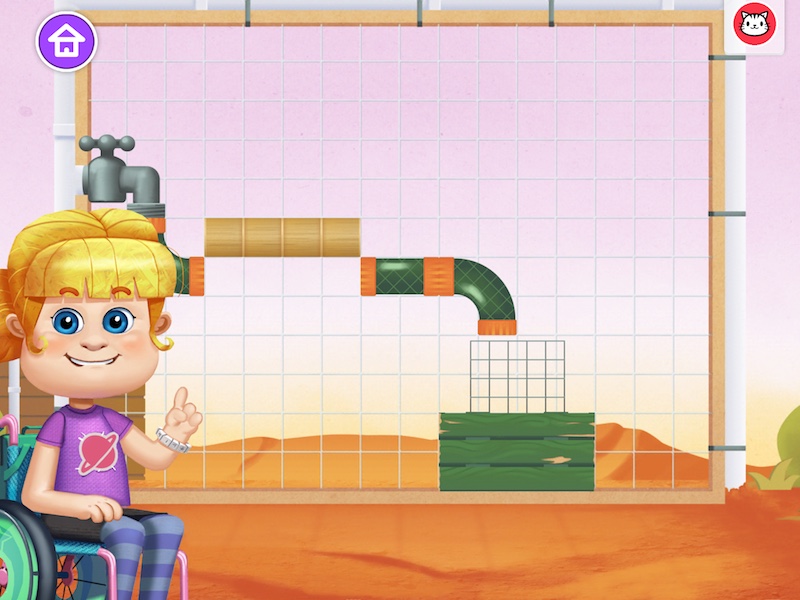
Through tinkering, children’s imaginations and problem-solving skills will be activated. They will experience water flowing and will have the opportunity to repair leaks in their constructions.
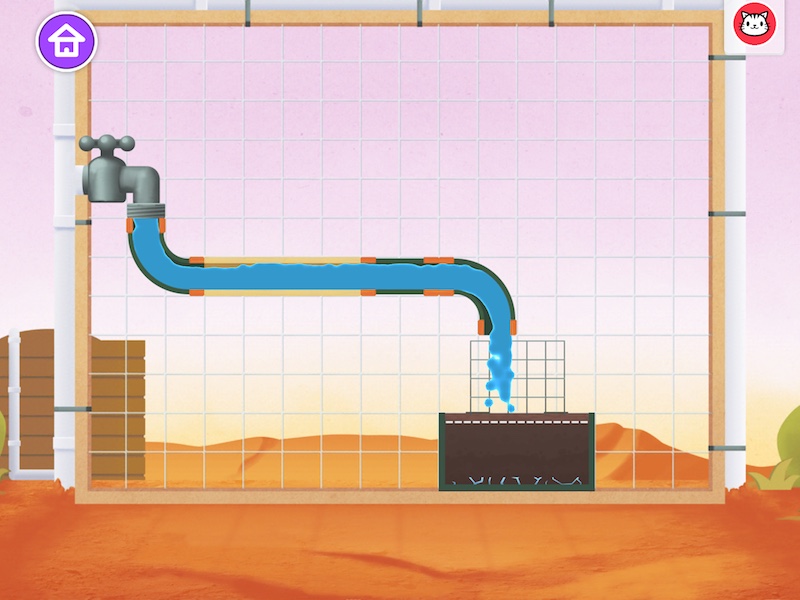
After the children have sufficiently watered the plants, there is an animation to show that the task has been successfully completed.
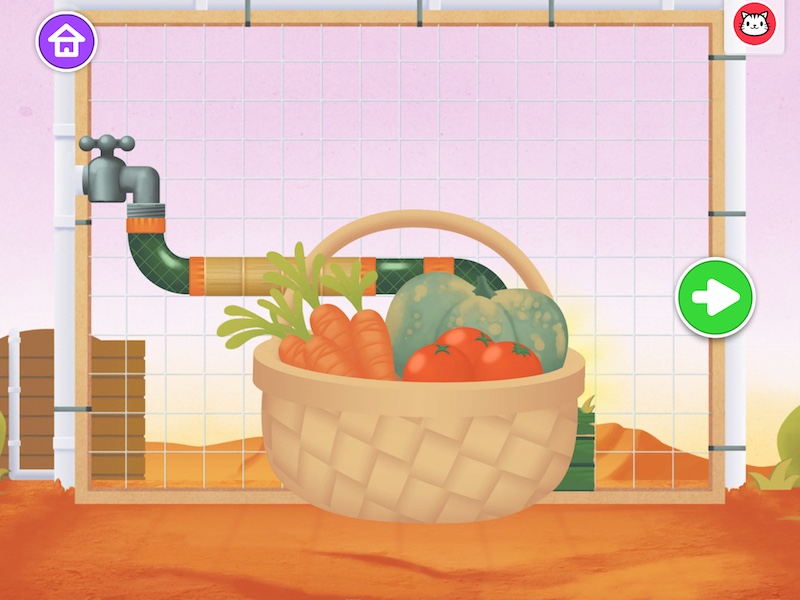
Let’s Look For Clues
Let’s look for clues extends the use of augmented reality (AR) codes that were successfully used in the Location and Arrangement app.
This activity begins with educators (later the children) hiding various AR cards that are then found and collected by the children.

Each card reveals a piece of evidence that an Australian animal has been playing in the centre overnight. Each time this game is played, two possibilities are presented, and children propose what animal has been visiting based on the clues they have collected.

An important part of the activity is children explaining why they have proposed a particular animal, as some of the clues might apply to a number of animals.
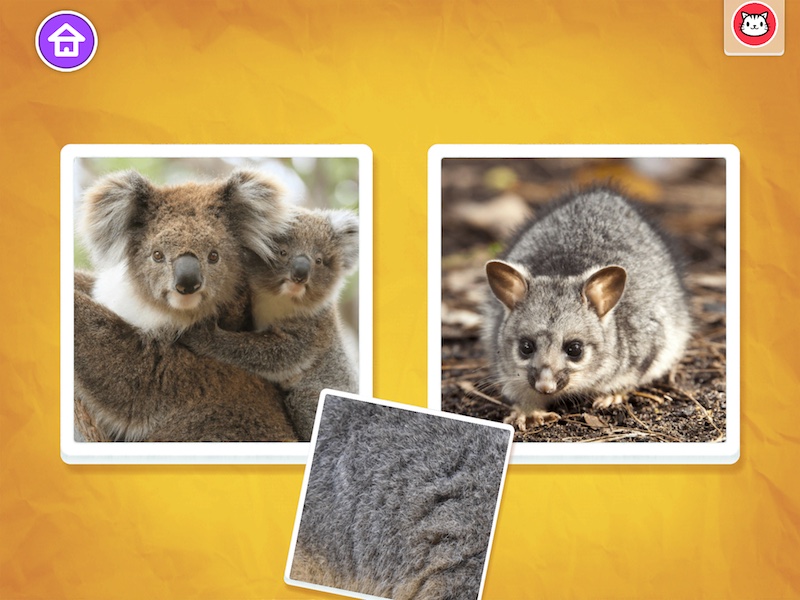
Let’s Find The Missing Animals
In Let’s find the missing animals, Remy and Elliott are using a drone to search the different areas for insects and amphibians. When the children play, they control the drone and can ‘zoom in’ on items of interest.

When playing Let’s find the missing animals, children will embark on a wildlife hide-and-seek game to find small insects and amphibians in three environments (that likely resemble environments near their homes or their centres).
The insects and amphibians are either camouflaged or hidden under or behind objects in the environment. Their hiding place is randomised so that, when playing the game, the centipede may be found in a bushland environment in one experience and near the pond in the next.
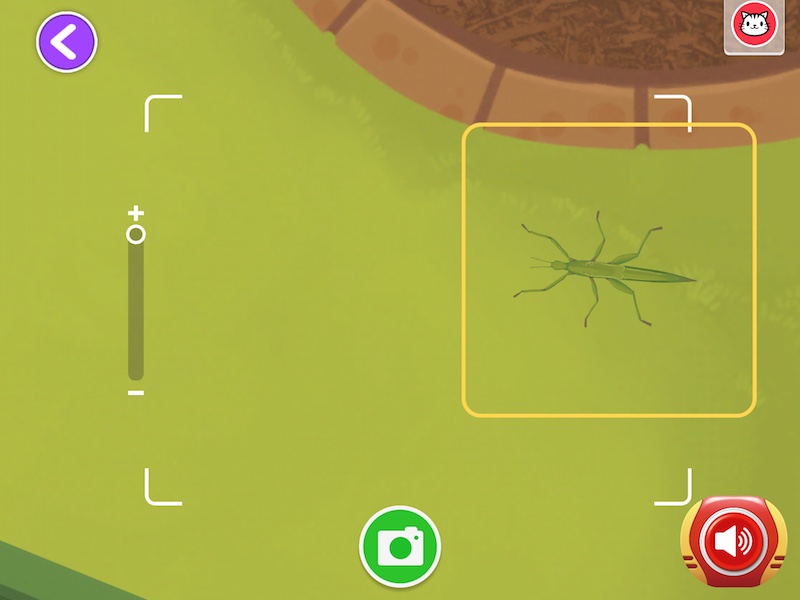
Children have to verify that they have chosen the correct insect before proceeding to search for other insects or amphibians.
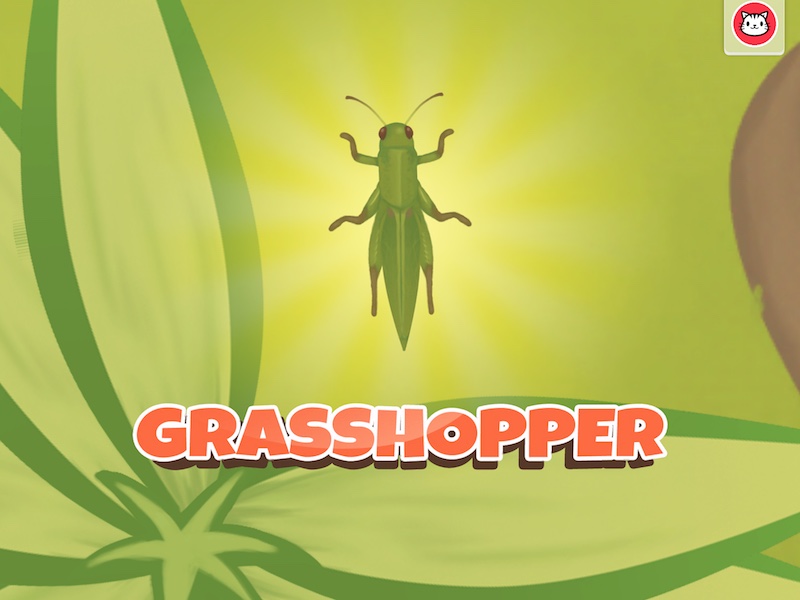
Let’s Create More Animal Clues
In Let’s create more animal clues, children will apply what they have learned in Let’s look for clues and Let’s find the missing animal to create their own animal as well as clues that match the animal they have created.
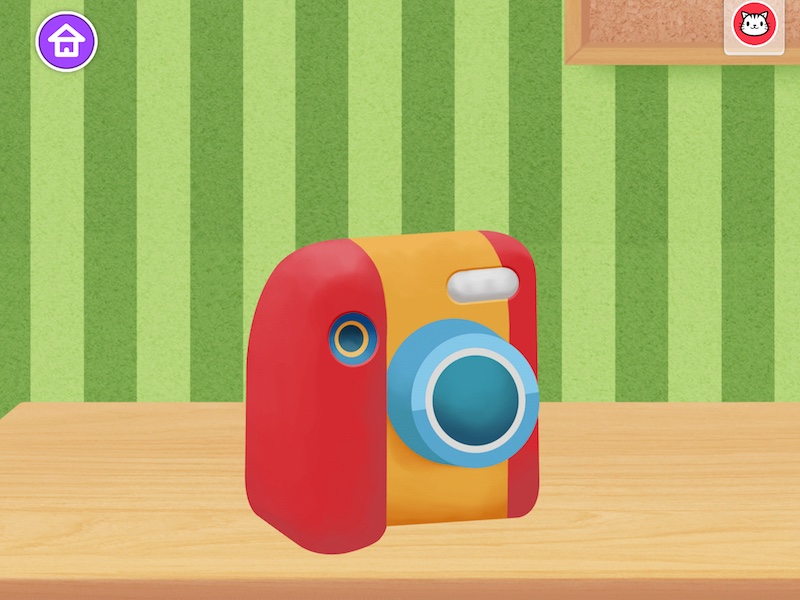
The children will take a picture of their animal and then take photos and record sounds about their animal (e.g. its type of covering, tracks left behind, noises it makes).
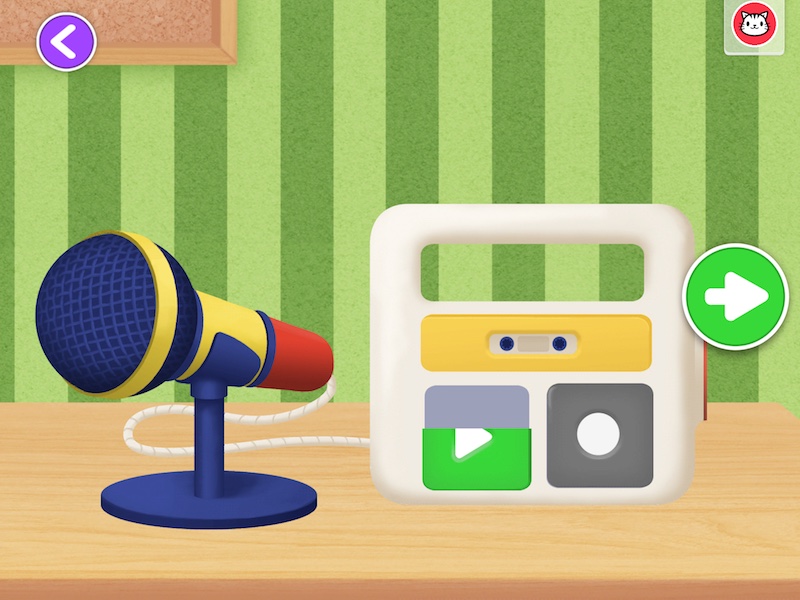
This user-generated content (UGC) then becomes part of activity two (Let’s look for clues), meaning that the game can be customised to the particular environment surrounding each centre.
